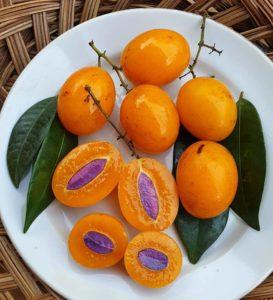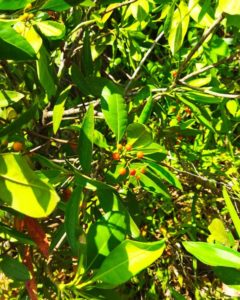This plant comes from Maluku and was originally widely spread in Ternate. Currently, the flower of blue pea has been widely used as an ingredient in making traditional blue pea flower drinks which are believed to have health-promoting properties.
There have been many research journals that have examined blue pea, especially the content of active substances in them. Mukhreeje research in 2007 stated that blue pea contains flavonoids, carbohydrates, saponins, triterpenoids, phenols, flavonol glycosides, proteins, alkaloids, anthraquinones, cardiac glycosides, stigmast-4-en-3,6-dione, essential oils and steroids which are compounds that have medicinal potential. The efficacy of this plant is recognized in the traditional medicine of various civilizations, especially in Asia and America. In ancient Indian medicine (Ayurveda), the blue pea flower is considered an important herb. In Indonesia, especially the Betawi and Madurese people use the blue pea flower to make babies’ eyes clear as reported by Destryana 2019.
The benefit of antioxidants for the body is to protect cells from free radical damage. To be able to get these benefits, you need to consume a variety of food sources that contain antioxidants. The flower of blue pea has the potential to be good for health because it is rich in anthocyanin which acts as an antioxidant. Antioxidants are properties of natural ingredients that are important in the development of functional or nutraceutical foods because of their many health benefits and are widely used in the food industry as an inhibitor of lipid peroxidation.
The research was carried out in the Universitas Nasional laboratory and was supervised directly by the lecturer, Prof. Dr. Ernawati Sinaga, M.S., Apt. Lecturers from Universitas Nasional often involve students to do research and guide students to do research for their final project or thesis writing. This research is clearly an experience in itself for the student team, and hopes that the results of this research can be used in the medical world.








